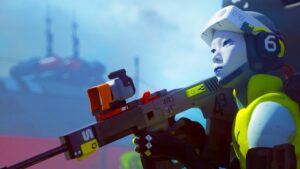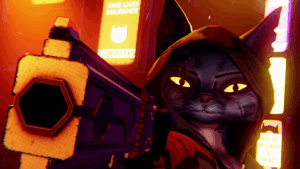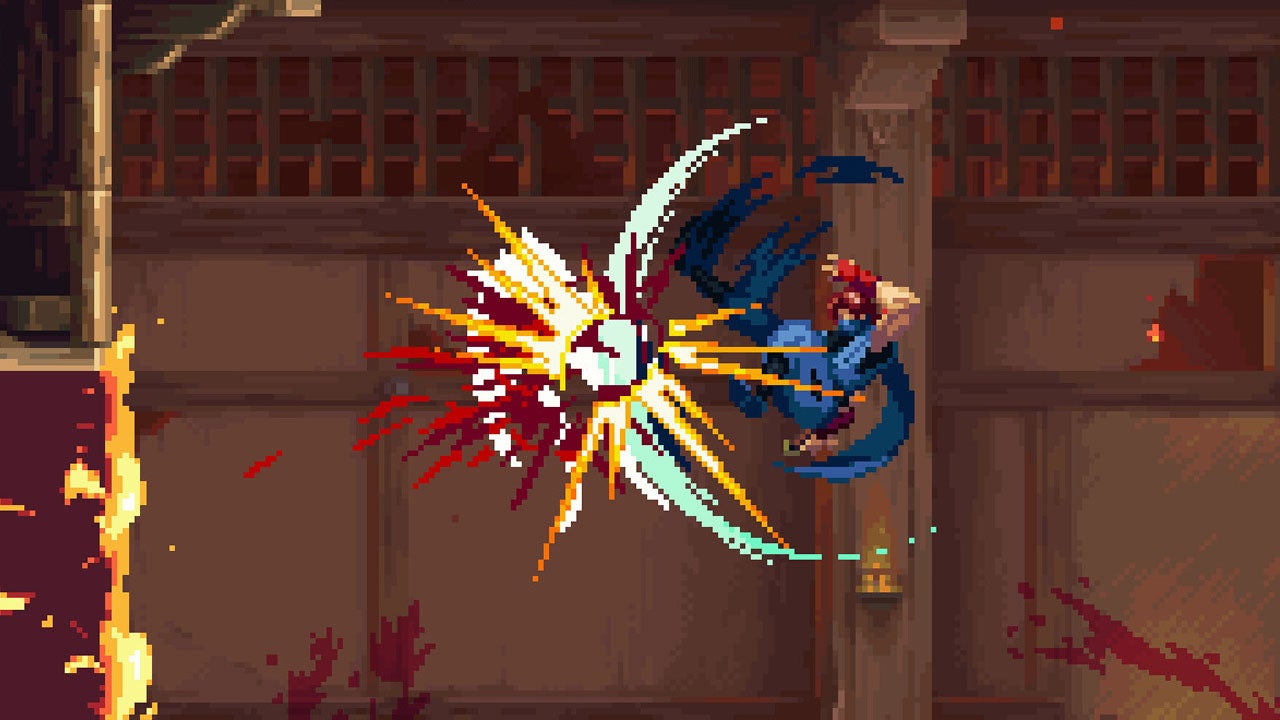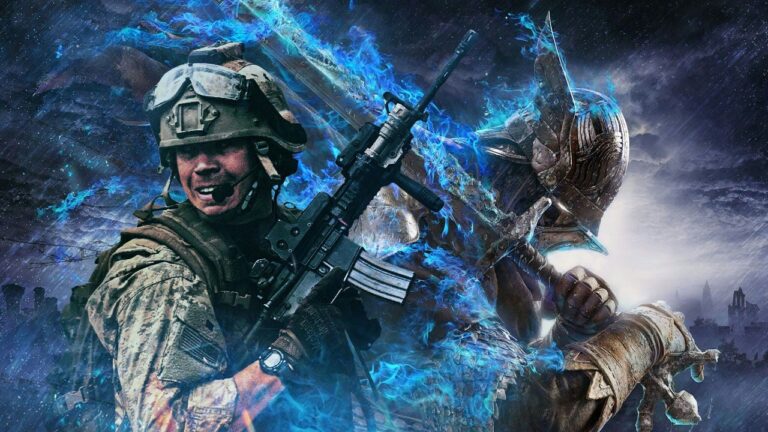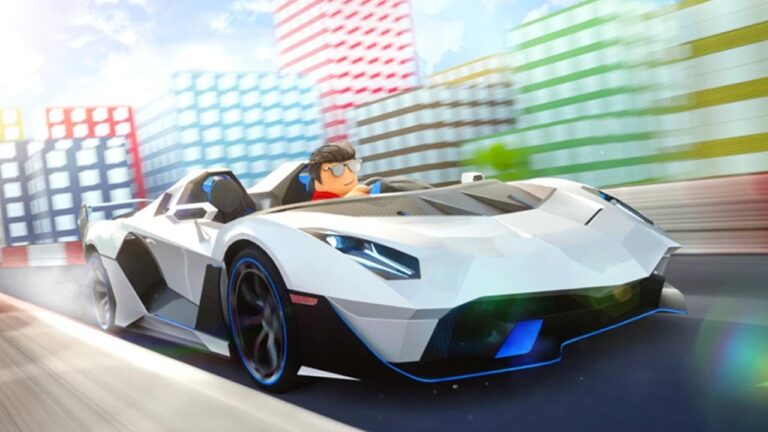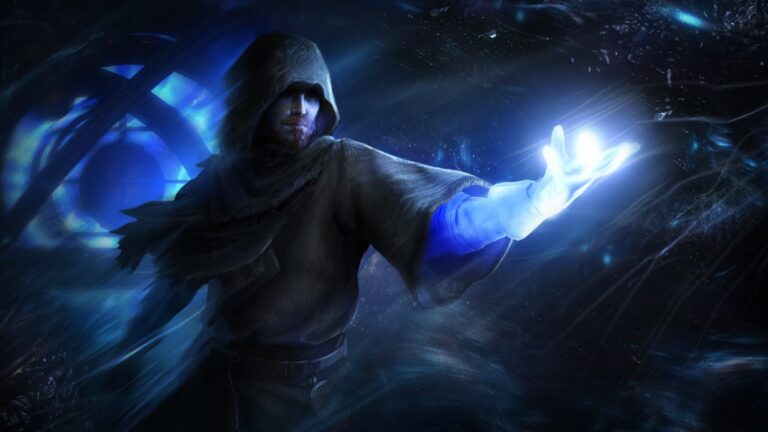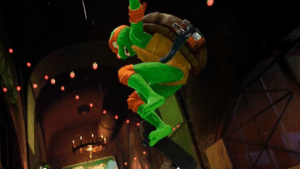Introduction: A Long-Awaited Return for Ninja Gaiden Fans
There’s nothing quite like the thrill of getting an exclusive sneak peek at an upcoming game. The excitement, the anticipation — it’s one of the best parts of being a gaming enthusiast. When a copy of the new build of Ninja Gaiden Ragebound arrived in my inbox, I couldn’t help but feel a surge of excitement. It’s like a nostalgic rush for longtime fans, reminiscent of revisiting a beloved old friend. After years of waiting, it truly feels like we’re finally coming home to the series we’ve cherished for so long.
First Impressions and Nostalgia
I hadn’t played the previous demo version, so Ragebound was entirely new to me. Yet, slipping into its gameplay felt as natural as slipping into a favorite pair of shoes. While it took a moment to get back into the rhythm — especially since it’s been a while since I last played a classic 2D Ninja Gaiden — the experience quickly felt familiar and exhilarating. Although I’ve already covered the core gameplay in a traditional preview, today I want to focus on what makes this game truly stand out. Here are the seven most impressive features of Ninja Gaiden Ragebound.
The Guillotine Boost: Bounce Off Everything
The Core Mechanic That Changes the Game
One of the standout mechanics in Ragebound is the Guillotine Boost, and it’s a game-changer. When you’re airborne, you can jump again just before hitting an enemy or object, allowing you to attack and then bounce off for another leap. It’s an incredibly fluid way to stay aggressive and keep the pressure on your foes.
This mechanic isn’t limited to enemies — it works on projectiles and enemy attacks too. For example, during my encounter with Gurthka, the boss of the second level, I managed to bounce on him repeatedly while dodging his attacks. The ability to ricochet off enemy spirits wielding spears or deflect attacks with style makes combat feel dynamic and satisfying. While it may not surpass the legendary Izuna Drop, the Guillotine Boost definitely ranks high on the coolness scale.
Hypercharges: One-Hit Kills with Flair
Instantaneous Elimination, Big Impact
Need to dispatch enemies quickly? Hypercharges are your best friend. You earn Hypercharges by killing enemies with specific auras — blue or purple — which require you to match the weapon to the enemy’s aura. Once activated, your next attack becomes a one-hit kill, letting you clear the battlefield in style.
In intense moments, you can even manually trigger Hypercharges at the cost of some health, adding a layer of risk versus reward. Combining multiple Hypercharges in quick succession creates a relentless assault that’s as satisfying as it is brutal, especially when used against bosses to stun them and lay down heavy damage.
Reimagined Combat: Simon Says Gets a Stylish Twist
Reactive and Challenging Fighting Dynamics
While many games rely on “Simon Says” mechanics — where specific enemy colors or weapons dictate your attack style — Ragebound approaches this concept with a fresh, stylish flair. Enemies marked with certain auras require specific weapons or tactics to defeat and trigger Hypercharges. For instance, a blue aura might need a katana slice, while purple demands a kunai throw.
This mechanic forces quick thinking and adaptability, especially since enemies only stay on-screen briefly. Successfully matching the attack to the enemy’s aura rewards you with powerful Hypercharges, making combat both challenging and rewarding.
Kumori: Your New Ally and Tactical Edge
Harnessing the Power of the Spider Clan
At some point in the story, Kenji merges with Kumori, a member of the Spider Clan, bringing new abilities to the table. Though initially reluctant, Kenji benefits greatly from her presence. She provides a ranged kunai attack, which can teleport him across the environment, and grants access to a new Spider Weapon — a sickle that arcs like a classic Castlevania throwing axe.
Kumori also opens the path to Ragebound Arts, devastating screen-clearing techniques that you’ll want to master when enemies flood the screen. Additionally, she can communicate with Demon Altars, allowing Kenji to explore the otherworld and access areas he couldn’t reach otherwise. Kumori’s ability to traverse different planes adds depth and versatility to gameplay, though maintaining her spirit in the otherworld consumes a meter, sometimes forcing repetition of sections until it recharges. Her witty quips, especially her frequent “Good grief,” add a charming personality to the game.
Exploration: Find Hidden Treasures and Secrets
Encouraging Curiosity and Rewarding Exploration
Ragebound emphasizes pure side-scrolling action without the roguelite fatigue that plagues many modern titles. Still, there are plenty of reasons to venture off the beaten path. Collectibles like scarabs and crystal skulls are scattered throughout levels, serving as currency for future shops and upgrades — though exact details remain under wraps.
One of my favorite exploration moments involved guiding Kumori through a tricky teleport-platforming sequence. It took multiple tries to perfect, but the sense of mastery and familiarity that came with finally conquering that challenge was incredibly rewarding.
<h2 Mastery and Replayability: Play, Improve, Conquer
Challenging Levels That Reward Skill
Ragebound isn’t a game you beat once and forget. It encourages repeated playthroughs by offering scores based on time, enemies killed, collectibles, and combos. Each level can be replayed immediately from the map, pushing players to improve their performance.
There are also optional challenges, like completing levels without taking damage or defeating specific enemies with particular moves. I personally tried to best Ryu Hayabusa himself during the tutorial — let’s just say he Izuna Dropped me into the ground, but I’ll get him next time!
Difficulty That’s Satisfying, Not Punishing
Balancing Challenge and Fun
While Ninja Gaiden Ragebound maintains the series’ reputation for difficulty, it’s accessible enough on normal mode to keep players engaged without frustration. For those seeking a real test, the game offers a hard difficulty, which ramps up the enemies, adds fiery hazards, and introduces more aggressive foes.
After completing the demo, I unlocked a hard level — and let me tell you, it’s a brutal, exhilarating experience. The developers clearly want to challenge the masochists among us, and I have to admit, I love it.
The Return of Ninja Gaiden
My time with Ragebound left me wanting more — more levels, more challenges, more of that classic ninja action I’ve missed. The game’s blend of old-school difficulty, stylish mechanics, and new features makes it a must-play for fans and newcomers alike. Ninja Gaiden is back, and it’s better than ever.
